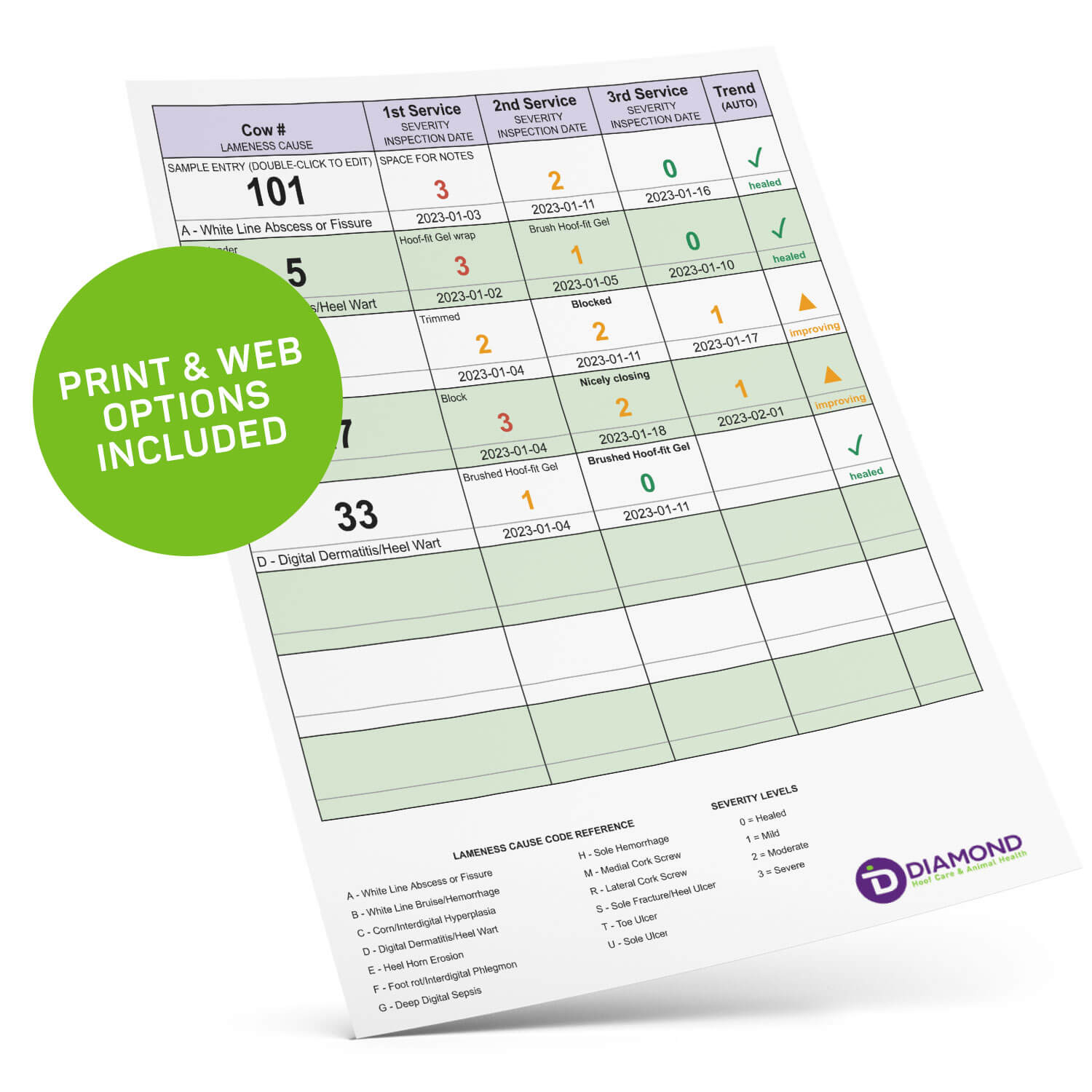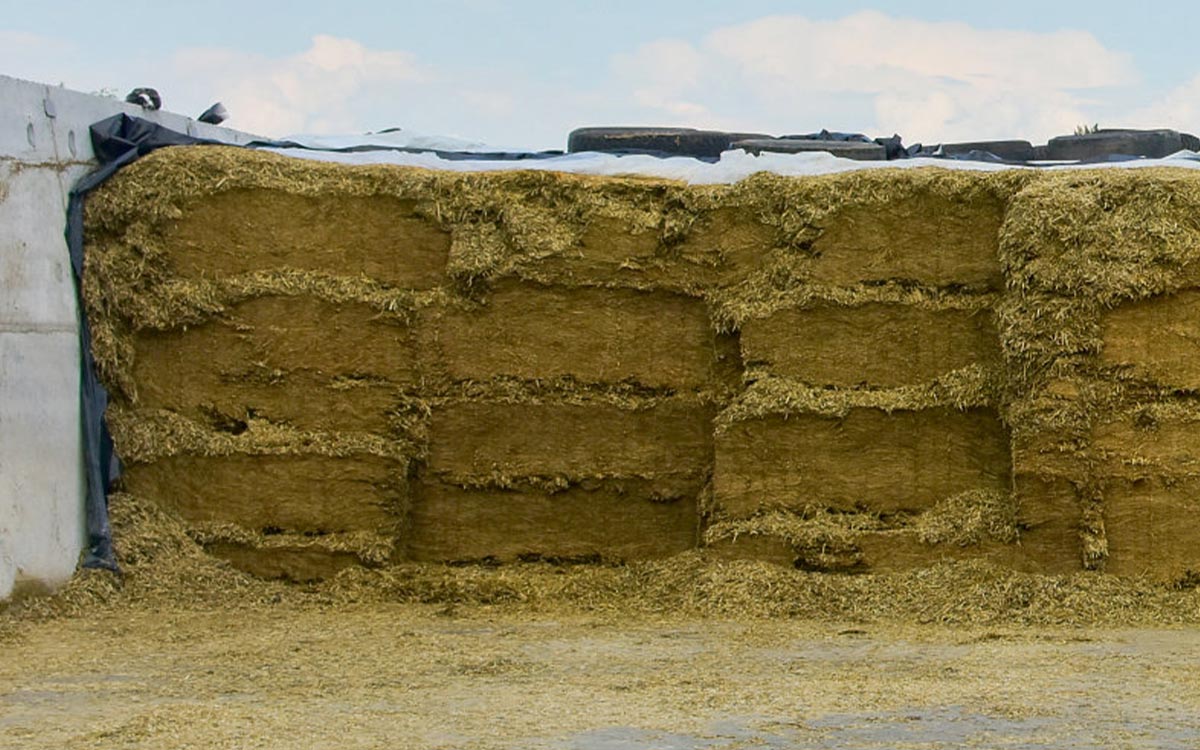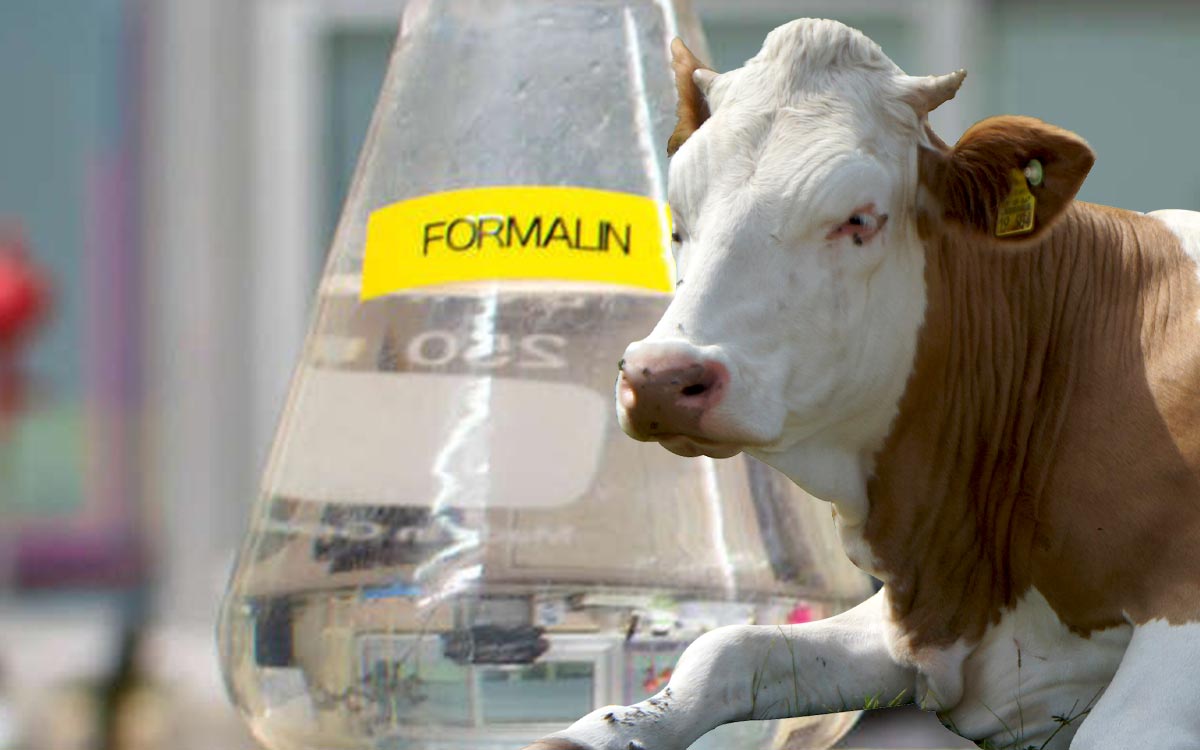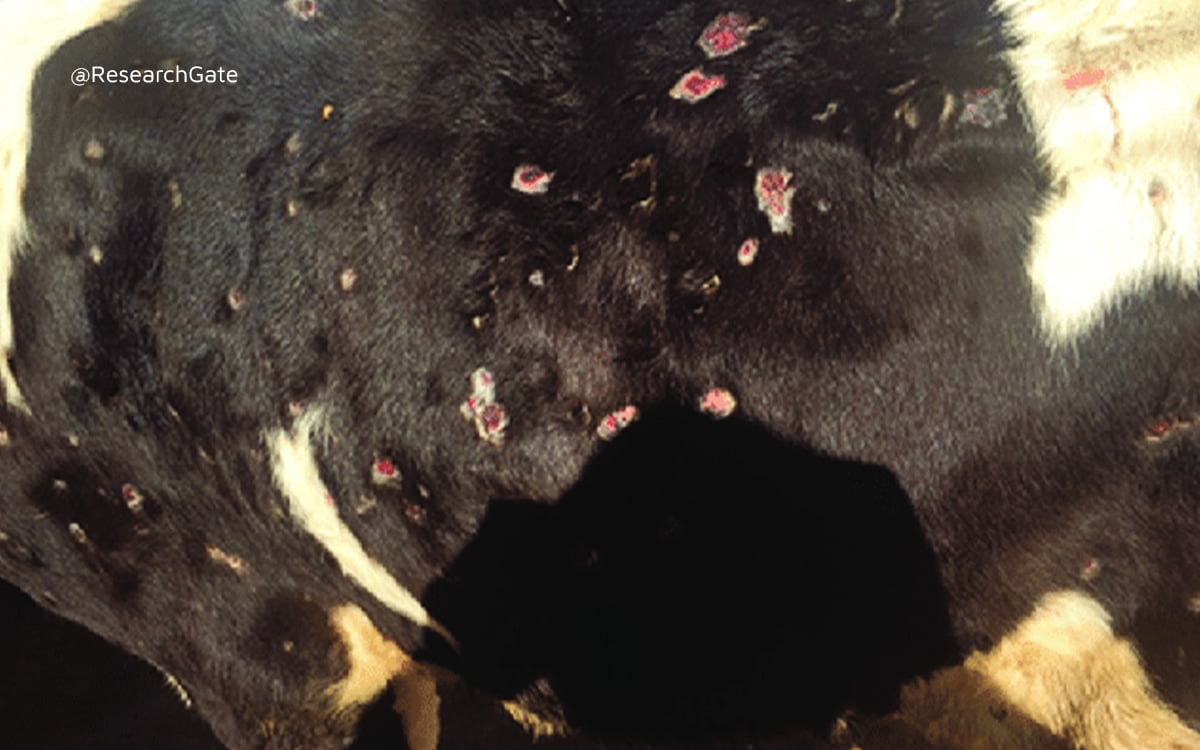As we all know, summer is a very busy time on the farm. It’s also a time when feed supplies get scarce and metabolic stress in cows is more common.
In my hoof-trimming days, I had a client who told me that a “forage bank” had helped him eliminate stress on his farm. What I want to do today is share this idea, helping you create a safety net that will keep both you and your cows stress-free.
Metabolic stress – the physiological effect of trauma, illness, or injury – is a leading cause of lameness. It can happen in any lactation period and at any time of the year. However, we see it more often in the summer. An increase in acidosis is a contributing factor to metabolic stress and possible lameness. We can observe it in a fresh cow that has had a hard time getting started after calving. It’s also a threat when the silage pit gets empty too soon, and rations slip out of balance.
Farmers can run out of feed before the harvest ends for a number of reasons. It is unfortunate to find yourself short in April and having to buy three months’ worth of supply from elsewhere. Not only is this very costly, but the switch also produces a noticeable fluctuation in the herd’s rations. Of course, some things are out of our control. On the bright side, others we can prevent from happening.
Forage banking
As I said, forage banking is something like creating a safety net. It ensures that you won’t run out of feed. In addition, it helps you keep tighter control over feed levels.
And here is how it works. During harvest season in the initial year, you store an extra forage supply in the pit for an additional four to five months. This is only a one-time inventory stockpile that will create a buffer zone to offset the most stressful season. This will make your ‘forage year’ to run from November to November.
Benefits of forage banking
- Green (fresh) and moldy forage is hard on the cows. So, when we have a forage bank with fermented silage that is neither, we can keep the feed rations in balance. We’ll thus prevent metabolic stress in the herd while waiting for the new feed to be ready.
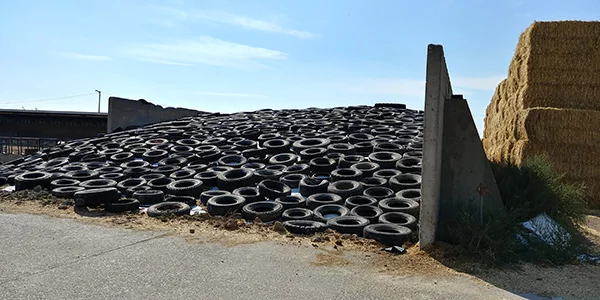
Figure 1. Example of forage banking in use. - Summer is a busy season on the farm, what with all the field work and other chores. They don’t leave us with spare time to deal with additional lame cows. By having a forage bank, we minimize the stress and time commitment that go with buying outside forages when our reserves run out early.
- Life on a family farm sometimes means having our kids around and participating in summer activities. In such cases, we may reduce farm work to a minimum. This brings us back to the situation I described in the entry above.
- The hot and humid summer weather makes cows more prone to heat stress. It’s therefore essential that we try to avoid adding metabolic stress, which is very hard on the animals.
- We are not looking for any additional cows to trim, especially not in the already busy summer season. Keeping balanced rations will reduce stress in the animals and result in fewer cases of lameness.
- During harvest season, our nutritionists are most likely busy taking samples of new forages. This means they don’t have much time to balance emergency rations. Being prepared and knowing when we will run low can help us deal with these challenges.
Some other remarks
One important measurement we can use when creating a forage bank is an annual “quantity budget” for our forages. We can calculate how much forage we need and how much we have in storage to determine the break-even point. With this calculation, we can measure the quantity we need to store. Before we know it, we’ll also be increasing profits. The cows are healthier, their summer heat and metabolic stress hover at a minimum, and less lameness occurs. Last but not least, we get to reduce our own stress levels by setting up a forage bank. The result is a summer of more enjoyment!
We do recommend that you consult with your nutritionist on the proper rations to feed. Make sure that you also talk to your veterinarian about summer heat and metabolic stress.
If you have any other questions about foraging banking, or any suggestions, feel free to contact me through the Contact page.
One more thing…
You can also download a printable copy of this article – great for sharing with someone else!
